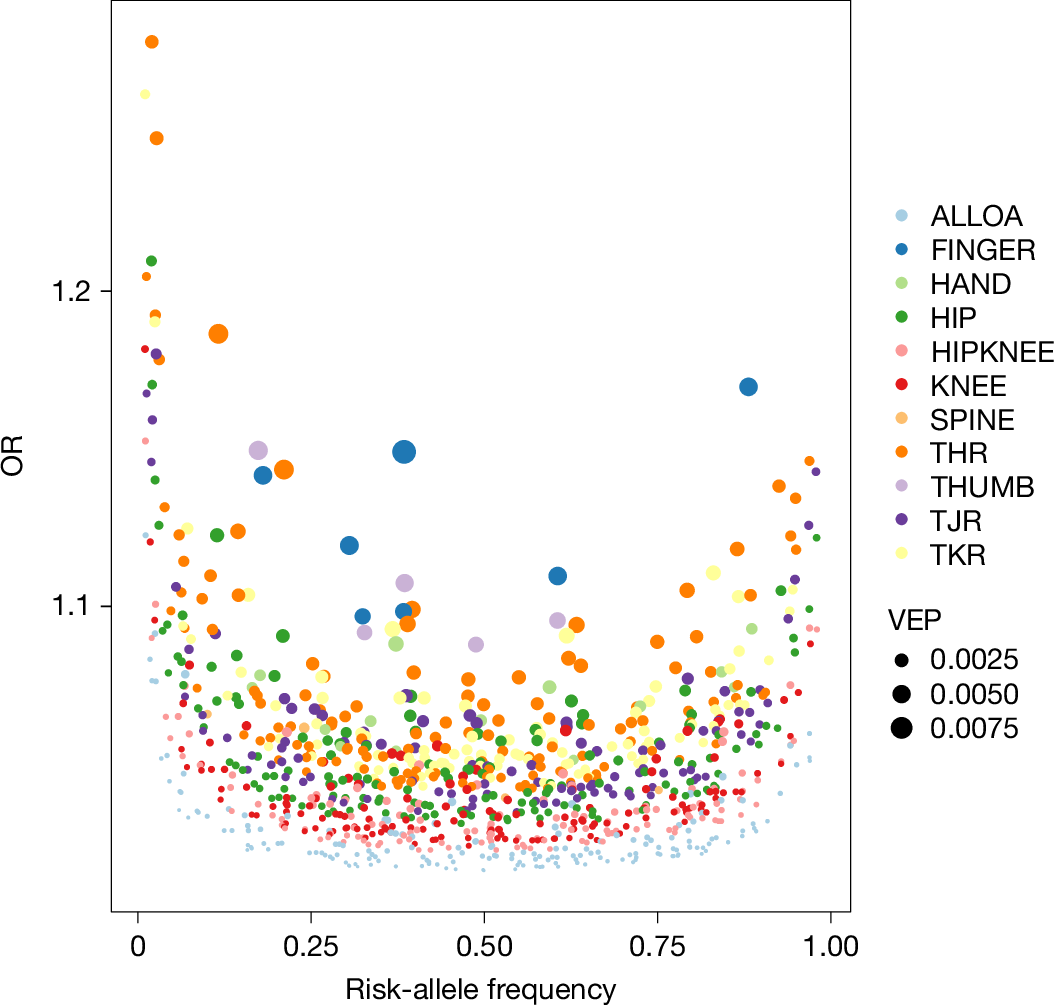2025-04-21 理化学研究所
<関連情報>
- https://www.riken.jp/press/2025/20250421_2/index.html
- https://www.cell.com/cell-reports-methods/fulltext/S2667-2375(25)00060-8
Human MAPT knockin mouse models of frontotemporal dementia for the neurodegenerative research community
Takahiro Morito ∙ Mohan Qi ∙ Naoko Kamano ∙ … ∙ Makoto Higuchi ∙ Takaomi C. Saido ∙ Naoto Watamura
Cell Reports Methods Published:April 11, 2025
DOI:https://doi.org/10.1016/j.crmeth.2025.101024
Graphical abstract

Motivation
The accumulation of pathological tau is a hallmark of neurodegenerative diseases such as frontotemporal dementia (FTD) and Alzheimer’s disease. While mouse models have been instrumental in studying tau-mediated neurodegeneration, existing models largely rely on the artificial overexpression of mutant tau proteins, which may not fully recapitulate disease pathology. To address this limitation, we recently developed human MAPT knockin mice carrying single- or double-pathogenic MAPT mutations associated with FTD. Among these, the MAPTS305N;Int10+3 mouse exhibits tau pathology and concurrent behavioral abnormalities at approximately 14 months of age. To generate more pathophysiologically relevant and user-friendly FTD models, we developed triple-mutant MAPT knockin mice and characterized their potential as tools for studying tau-mediated neurodegeneration.
Highlights
•Three MAPT pathogenic mutations are introduced into human MAPT knockin mice
•We establish a line with abnormal tau accumulation before 6 months
•Aberrant tau deposition leads to synaptic loss, brain atrophy, and FTD-like behaviors
•The triple mutant MAPT knockin mouse is a model for tau-targeted drug screening
Summary
Existing models of frontotemporal dementia (FTD) may not fully recapitulate the pathophysiology of the disease. To generate more pathophysiologically relevant FTD models, we engineered MAPT knockin mouse lines carrying triple mutations, among which the MAPTP301S;Int10+3;S320F line exhibited robust tau pathology starting before 6 months of age. Severe tau accumulation was predominantly observed in the thalamus, hypothalamus, and amygdala with milder involvement of the cortex and hippocampus, leading to synaptic loss, brain atrophy, and FTD-like behavioral abnormalities. Crossbreeding MAPTP301S;Int10+3;S320F mice with App knockin, AppNL-G-F, mice markedly enhanced tau pathology in the cortex and hippocampus, highlighting the interplay between β-amyloid and tau. These findings establish the mutant mice as valuable models for investigating the mechanisms underlying FTD and other tauopathies, providing a relevant platform for in vivo drug screening.


